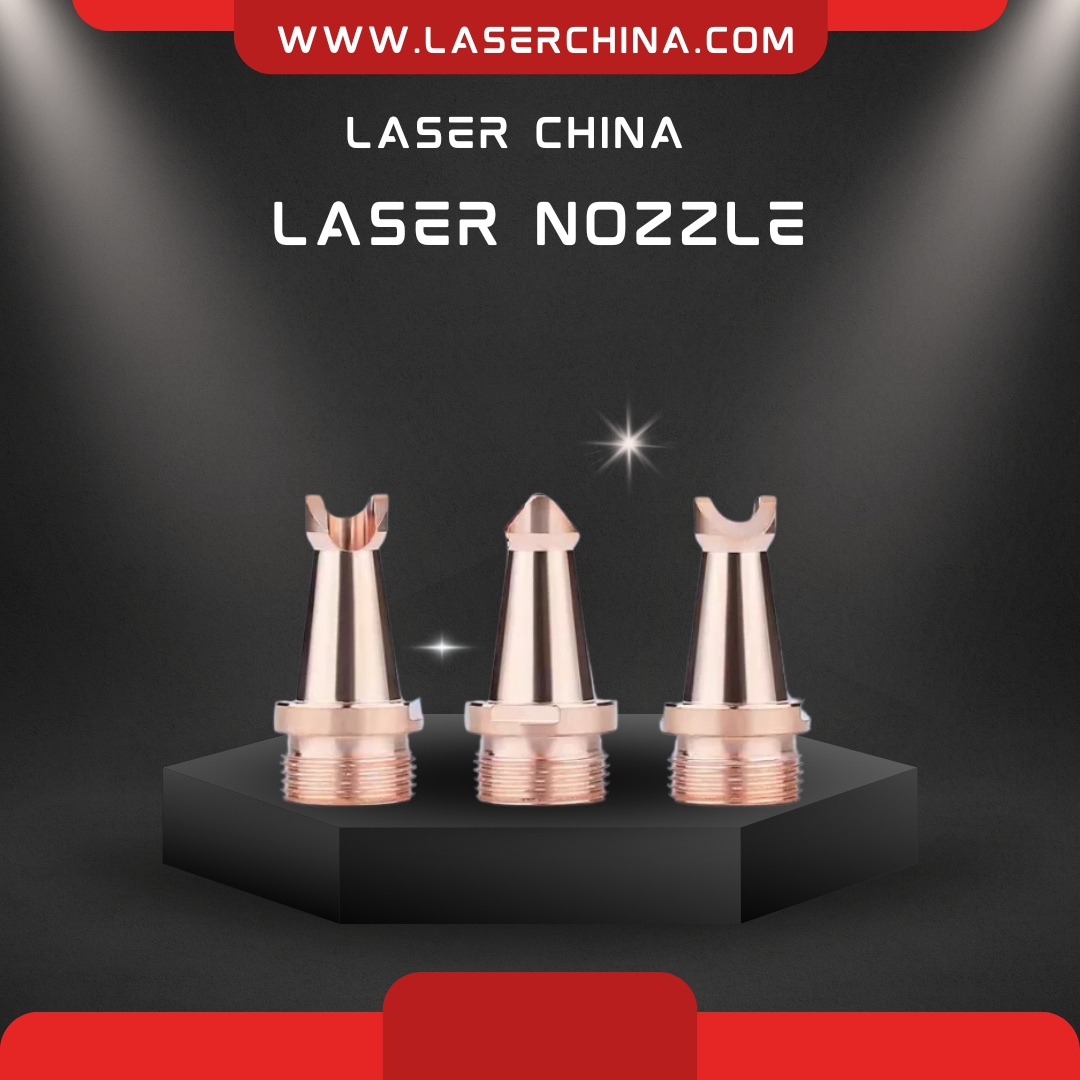A wood laser cleaner is a specialized device that uses laser technology to clean and prepare wood surfaces by removing unwanted materials such as paint, stains, varnishes, oils, and dirt. The process relies on the principle of laser ablation, where a high-powered laser beam is directed onto the wood’s surface. The laser energy causes contaminants to absorb the heat and vaporize, leaving the wood clean without causing damage to the underlying material. Unlike traditional cleaning methods, which often involve mechanical abrasion or chemical solvents, wood laser cleaning is precise, efficient, and environmentally friendly, making it an ideal solution for a variety of woodworking and restoration applications.
Precision and Control
One of the standout features of a wood laser cleaner is its precision. Laser cleaning offers unmatched control over the cleaning process. The laser beam can be finely adjusted in terms of intensity, focus, and frequency, allowing operators to selectively target contaminants without harming the delicate wood surface. This makes it particularly useful in high-end woodworking and furniture manufacturing, where the integrity of the wood is paramount. For example, when restoring antique wood furniture or cleaning intricate wooden sculptures, laser cleaning allows for the removal of old paint or dirt without affecting the wood grain or causing any physical damage to the piece.
Traditional cleaning methods, such as sandblasting or chemical stripping, can be too abrasive and may inadvertently wear down the wood, damaging the finish or altering its texture. In contrast, a wood laser cleaner works in a non-contact manner, meaning there is no risk of abrasion. This ensures that the wood maintains its original quality while still being thoroughly cleaned.
Efficiency and Cost-Effectiveness
Wood laser cleaning is also highly efficient, saving both time and labor costs. Conventional methods of paint or varnish removal typically require several steps, such as sanding, scraping, or applying chemicals, each of which consumes significant time and resources. Laser cleaning, on the other hand, is a fast, one-step process that can clean large areas in a fraction of the time it would take with traditional methods.
For example, in the furniture industry, laser cleaning machines can quickly strip off layers of paint or finish from wooden surfaces, preparing them for refinishing or restoration. This reduction in cleaning time leads to faster production cycles and less downtime in the manufacturing process. As a result, businesses can improve their overall efficiency and profitability. Additionally, since laser cleaning requires minimal labor, businesses can reduce staffing costs and reallocate resources to other areas of production.
Environmental Benefits
Another key advantage of wood laser cleaning is its environmental sustainability. Traditional cleaning methods, particularly those involving chemicals or abrasive materials, often generate hazardous waste, including toxic fumes, dust, and chemical residues. These byproducts require proper disposal, adding to both the environmental impact and the cost of cleaning.
In contrast, wood laser cleaning is a clean and green alternative. The laser system produces very little waste, and the only byproduct is often vaporized material, such as old paint or dirt particles, which can be easily captured with a vacuum or filtration system. Since no chemicals or abrasives are used, the process is entirely safe for the environment, eliminating the need for toxic solvents and minimizing the amount of waste generated. For businesses looking to reduce their environmental footprint, a wood laser cleaner is an excellent choice.
Applications in Woodworking and Restoration
Wood laser cleaners are versatile tools that can be used in a wide range of applications within the woodworking and restoration industries. Some common uses include:
-
Paint and Varnish Removal: Laser cleaning is particularly effective for removing old paint, varnish, or stains from wood surfaces. This is useful in furniture restoration, where layers of paint or finish need to be stripped away to reveal the original wood beneath.
-
Surface Preparation: Laser cleaners can be used to prepare wood surfaces for new coatings, stains, or finishes. By cleaning the wood without altering its texture, laser cleaning ensures that new finishes adhere better, providing a smoother and more durable result.
-
Wood Restoration: In art restoration or historical preservation, laser cleaners are ideal for removing contaminants from delicate wooden artifacts without damaging the original material. This ensures that historical or valuable pieces are preserved for future generations.
Cost and ROI
While the upfront cost of a wood laser cleaner can be higher than traditional cleaning equipment, the long-term savings and return on investment (ROI) are substantial. The reduction in labor costs, elimination of consumables (such as sandpaper and chemicals), and the increased efficiency of the cleaning process often result in significant cost savings over time. Additionally, the enhanced precision and minimal wear on the wood contribute to improved product quality, which can lead to greater customer satisfaction and potential for repeat business.
Conclusion
A wood laser cleaner offers numerous benefits to the woodworking industry, including precision, efficiency, and environmental sustainability. Its ability to remove contaminants without damaging the wood surface makes it a highly valuable tool for industries such as furniture manufacturing, art restoration, and historical preservation. With its eco-friendly nature, speed, and cost-effectiveness, wood laser cleaning is poised to become a standard practice in modern woodworking and restoration processes. As technology continues to advance, laser cleaning machines will undoubtedly become even more accessible and widely adopted in the years to come.



